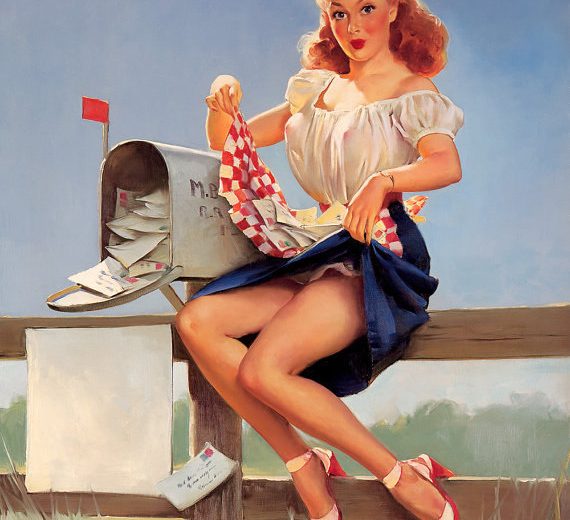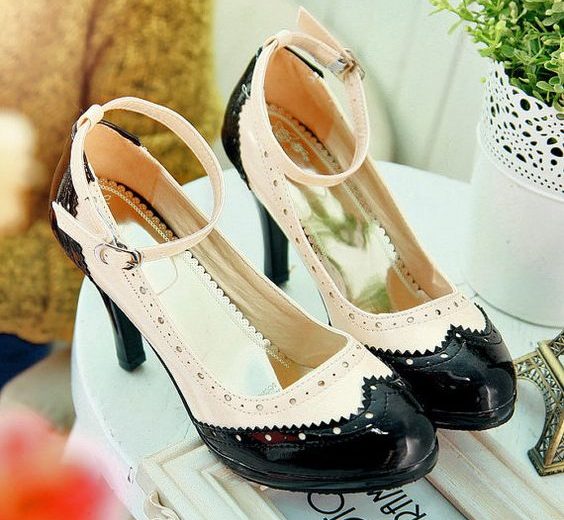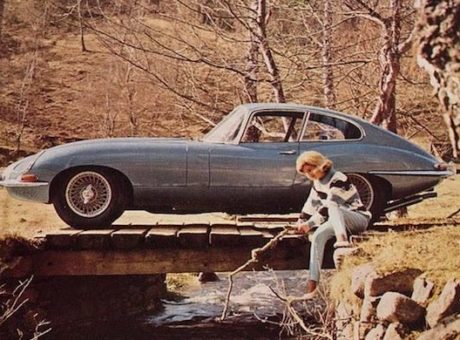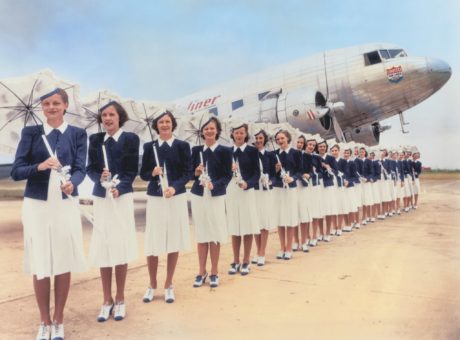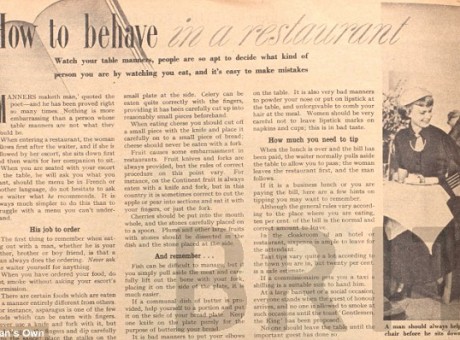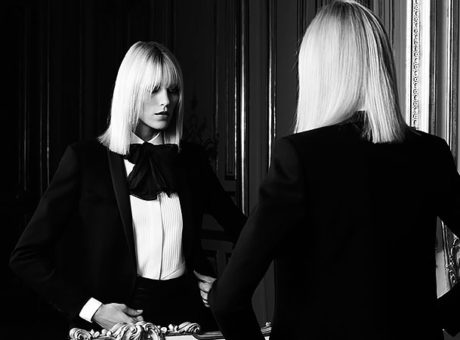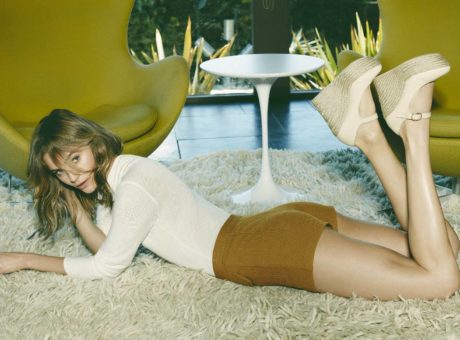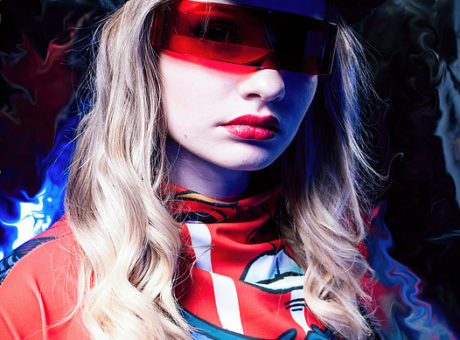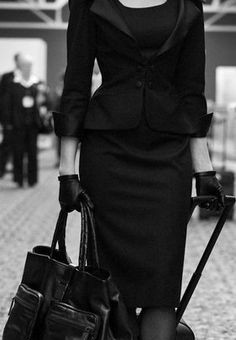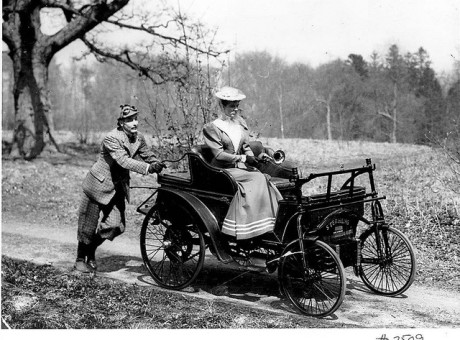Mary Jane Shoes
Mary Jane shoes are closed toe and low-cut, with one or more straps across the instep. The classic Mary Jane came in black (sometimes patent) leather and became the quintessential shoe to wear with your school uniform — from Prince Charles to Princess Elizabeth, the Mary Jane can be traced as back far as King Henry VIII. In the 1930s, its name was trademarked in North America. Since then, the Mary Jane has left the school yard and travelled from Mao’s China to Manolo Blahnik. Today the Mary Jane show is a symbol of girlhood; both naughty and nice.
Mary Jane Shoes evolvement from 1960’s
Of all flats and heels in the 1960s the early years embraced the return of the dancing shoe of the ’20s and ’30s. With sturdy cuban heel, shapely body and thin straps, they made a women’s legs look like thin dancers legs. Heel height varied from 2-3 inch pumps to low 1/2 to 1.5 flat heels. It was one of the few styles of high heels to remain in fashion for most of the 1960s.
The doll face look of the early 1960s made the classic Mary Jane shoes even more popular. With a single strap across the vamp, round toe, and short cuban heel it was very “cute” and quite comfortable too. Paired with thick white stockings and an empire top mini dress the doll look was complete.
Mary Janes came in solid colors as well as two tone combinations. Black shoes accented in white had been on trend for 50 years. Almost any color shoe with white trim was now worn in the 1960s as well as dark on dark colors (ie brown on black.) Straps started out thin in the early years and became wider with heavy buckles by the mid 60s.
Multi strap Mary Jane shoes also had a presence in the ’60s. Single and multi strap Mary Janes traditionally came across the arch of the foot but the mid ’60s style preferred a lower placement closer to the toes. These made them slip on shoes rather than buckled. The look was there but the functionality of straps was simply for decoration.


